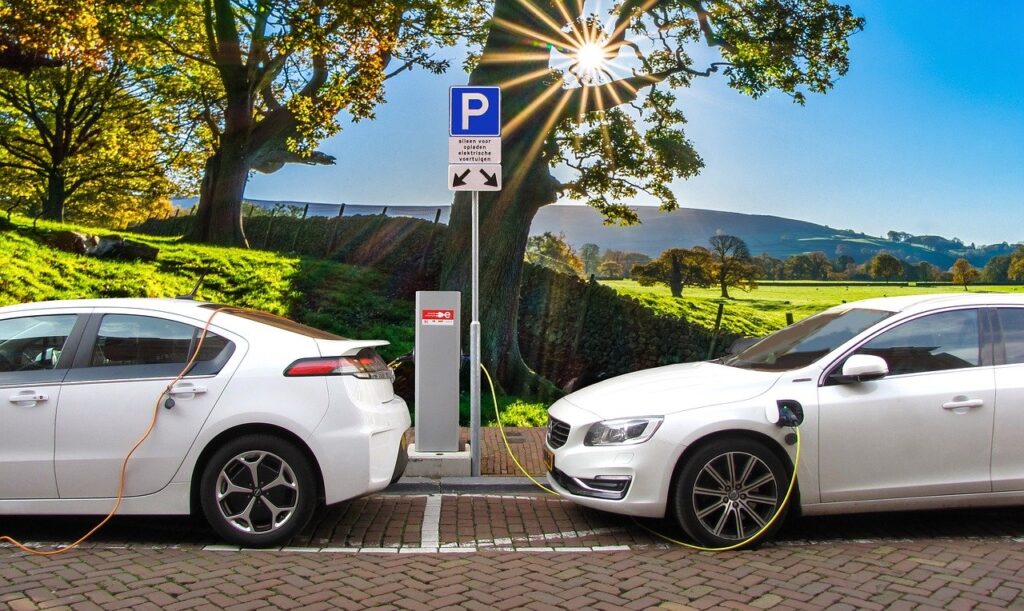
Outside of the home, perhaps the greatest sign of innovation is the firm commitment by the government to move towards electric cars.
Year on year, sales of electric cars tripled in January 2020 to more than 4,000 units, and this trend is consistent with other markets across the world. However, although sales are rising, it is still a very small percentage of the overall market.
The climate issue seems to have concentrated the government’s mind and now it has come up with a ban on selling any new petrol, diesel and hybrid cars from 2035. But this is a decade later than Norway, which is looking to end the sale of new fossil fuel cars by the end of 2025 – only five years from today. That’s not an unrealistic target, considering that almost one in five of the Norwegian city of Bergen’s cars are fully electric.
Here in the UK, we still have a long way to go to make electric more accessible and to reduce range stress. To clarify, range stress is the condition which some electric car drivers suffer from when it comes to ensuring that there is a charging point with reach.
London councils are, however, trying to do their best when it comes to charging.
| Londoners who don’t have access to off-street parking are being encouraged to contact their borough if they’d like to request an on-street electric vehicle charging point near their home. A one click London map on London Councils website offers an easy way for residents across the capital to submit a request. While requests may not always be responded to individually, resident suggestions will help London boroughs identify demand for charge points and inform future delivery. |
